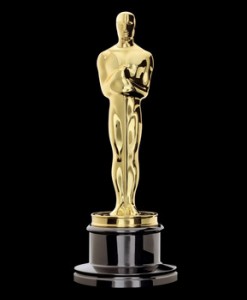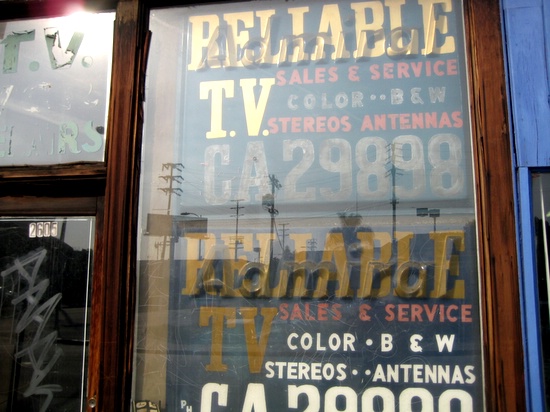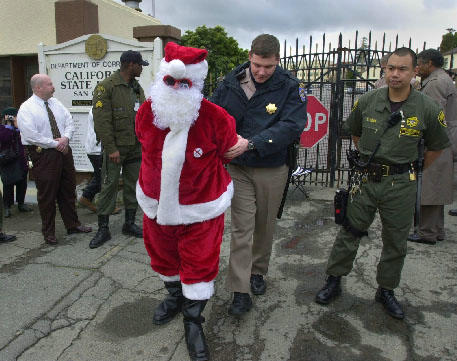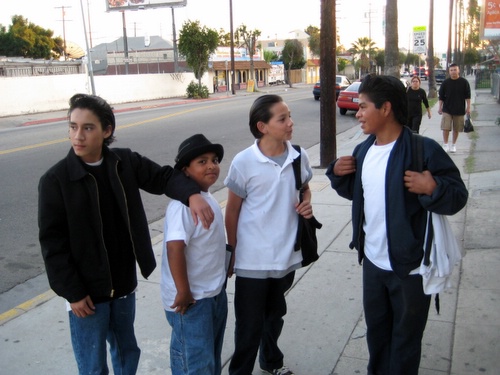In this issue of Mariachiando we jump from 1999 (last post) to Nochebuena 2006…
In high school, I was part of a mariachi group with other high school friends. We formed it sometime before the beginning of high school in 2003 (we were all in the same year at school) and we performed at private parties, etc., throughout Southern California. Though it was a (tax-free) source of income for many of us, we always hesitated about taking gigs after December 15th because members traveled with their families or had very packed calendars. In 2006, however, almost all our members stayed in South Gate for Christmas and we accepted a gig on Nochebuena only because it was a one-hour performance in South Gate.
We only had one replacement for that night, another mariachi musician from South Gate and a friend of ours (always up to substitute in our group). I arrived at the house about half-an-hour early and warmed up with other the mariachis outside. It was a really cold night, notwithstanding the fact that we were wearing mariachi trajes (not the best protection for legs), but looking forward to a quick performance where there wouldn’t be anyone drunk.
We went in and performed in their backyard. Though they had hired us, they did not seem too much into the songs. Maybe because it was Christmastime, who knows. They had a fire going and all the embers and smoke were blowing toward us, messing up our singing and choking us throughout the performance. When our hour was done, we bowed and started to take our leave. One of the men stopped us and said (in Spanish), “Stay for one more hour.”
“Can’t, it’s Nochebuena and we agreed to only one hour. We have to go with our families.”
“I’ll pay 500 dollars for the second hour.” “Sorry, we really have to go.” “$700?” “Look, we must…” “$1,000?” “We’ll talk about it with the rest of the members.”
One hour of our time in Nochebuena was worth $1,000 to him. Our first hour went for $300. Continue reading →
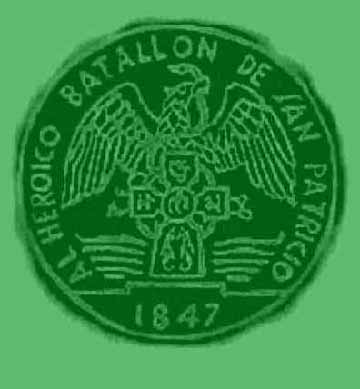

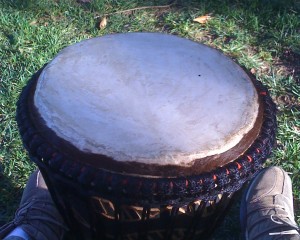 I went to my monthly drum circle that hasn’t met in several months due to rain and stuff.
I went to my monthly drum circle that hasn’t met in several months due to rain and stuff. My homie La Bruja Mafufa gave me a drum last year. I have gone to a few circles this is one of the better ones.
My homie La Bruja Mafufa gave me a drum last year. I have gone to a few circles this is one of the better ones.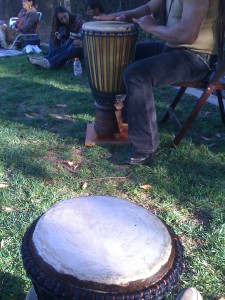 For more info go
For more info go